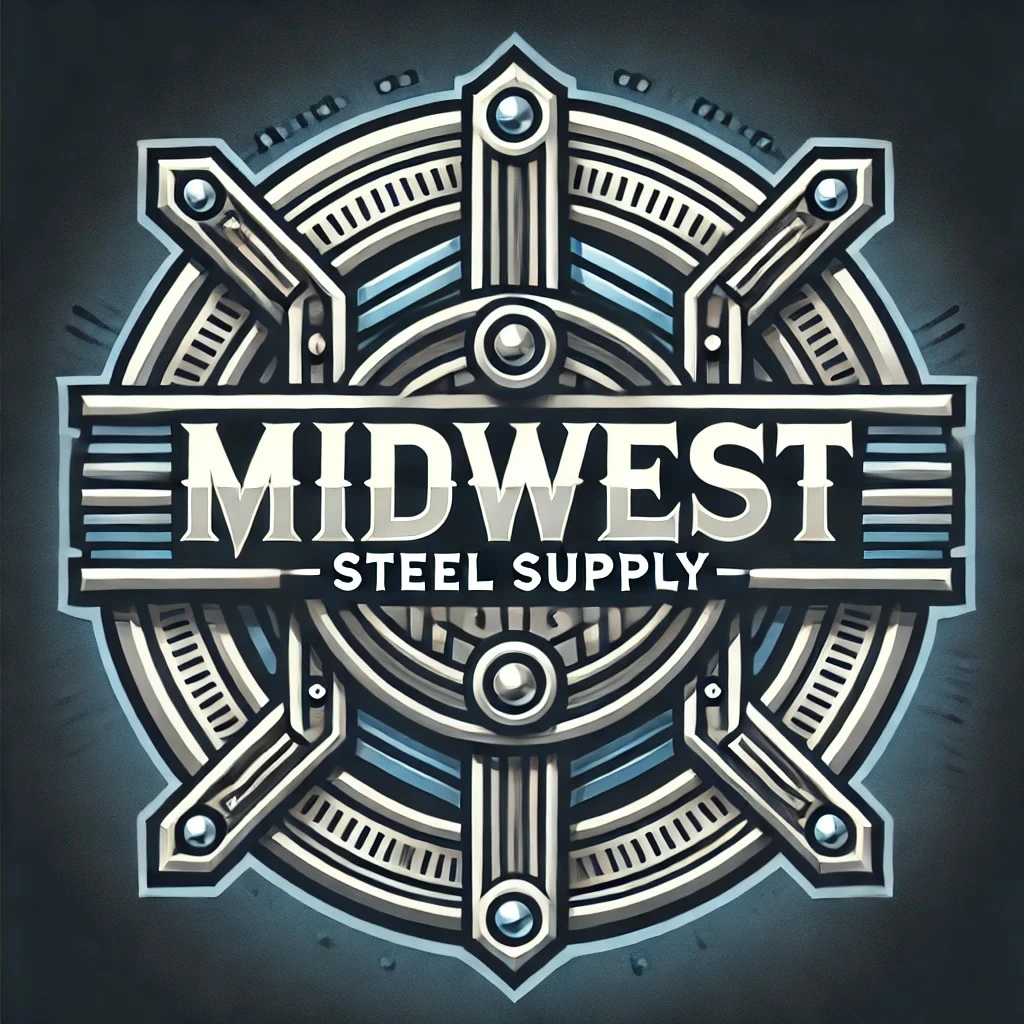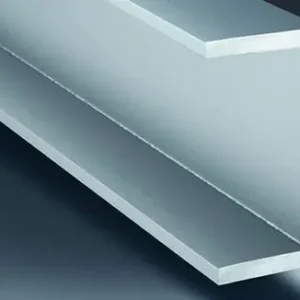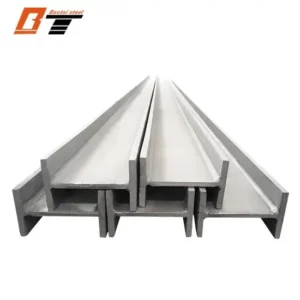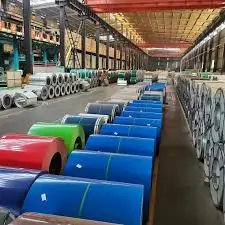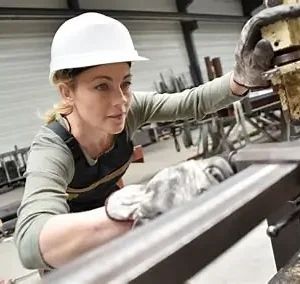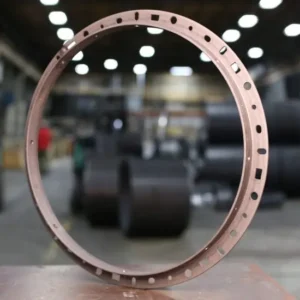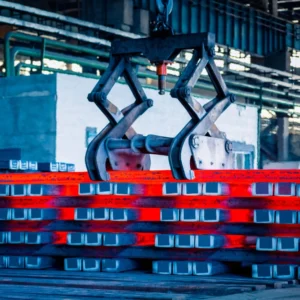ASTM A36 vs A992 price Understanding Structural Steel Market Differences
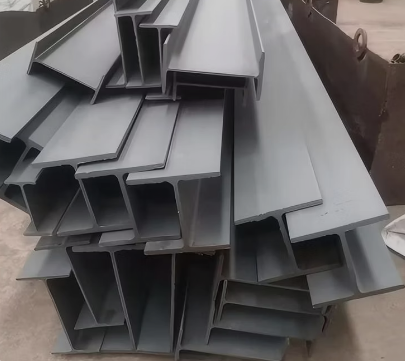
wqIntroduction
In today’s construction and fabrication industries, ASTM A36 vs A992 price are two of the most widely used structural steel grades. While both are standard specifications approved by ASTM International, they differ in chemistry, mechanical properties, applications, and cost.
When engineers or buyers compare A36 vs A992, one of the first questions is price: which one costs more, and why? This article examines the technical distinctions, cost structure, recent price behavior, and how to choose the right grade for your project.
What Are ASTM A36 and A992 Steels?
ASTM A36
ASTM A36 is a carbon steel specification covering plates, shapes, and bars of structural quality. It has a minimum yield strength of 36 ksi (about 250 MPa) and tensile strength between 58–80 ksi.
-
Composition: Primarily iron with small amounts of carbon, manganese, silicon, and residual elements.
-
Advantages: Excellent weldability, machinability, and ductility.
-
Typical Uses: General construction, base plates, tanks, frames, bridges, and farm equipment—anywhere high strength is not the critical requirement.
ASTM A992
ASTM A992 is a high-strength low-alloy steel specification specifically developed for wide-flange beams (W-shapes) and structural sections.
-
Minimum yield strength: 50 ksi (345 MPa).
-
Yield-to-tensile ratio limit: ≤ 0.85, ensuring ductile performance.
-
Advantages: Consistent chemistry, higher strength-to-weight ratio, and improved weldability in heavy sections.
-
Typical Uses: Building frames, columns, long-span beams, and projects requiring high structural efficiency or seismic resistance.
In essence, A992 was designed to supersede A36 for most modern structural shapes. It offers better strength and consistency, often allowing lighter sections for the same load capacity.
ASTM A36 vs A992 — Price Overview
The price of any steel grade depends on many variables: raw materials, energy costs, mill capacity, logistics, and market demand. Still, clear differences tend to emerge between A36 and A992.
Typical Price Levels
In the 2024–2025 market period, typical average steel pricing has ranged as follows (per metric ton, ex-mill or FOB):
| Grade | Typical Price Range (USD / ton) | Description |
|---|---|---|
| ASTM A36 Carbon Steel (plate, bar) | $550 – 700 | Widely available mild steel, simple chemistry, lower yield strength |
| ASTM A992 Structural Beam (W-shape) | $620 – 850 | Higher strength, controlled composition, specific shapes |
These numbers are indicative, not official market quotes. Depending on section size, quantity, and delivery terms, prices can move above or below this range.
The A992 Premium
Generally, A992 carries a 5 % – 25 % premium over A36. The difference comes from:
-
Higher specification control: tighter limits on carbon equivalent, yield ratio, and chemical uniformity.
-
Additional testing and certification: mechanical, chemical, and Charpy V-Notch tests.
-
Processing complexity: A992 sections are rolled in specific W- or H-shapes requiring precise temperature and cooling control.
-
Demand: Structural engineers increasingly prefer A992, keeping demand strong even when A36 supply is abundant.
However, in some regions or during periods of oversupply, the price gap can narrow dramatically. Bulk orders, contract pricing, or combined purchases may even make A992 cost-competitive with A36.
Factors Influencing Price Differences
1. Raw Material and Energy Costs
Both grades rely on iron ore, coking coal, and scrap steel. Rising input costs push both prices up. Because A992 requires additional alloying and process control, its price typically rises slightly faster when inputs climb.
2. Market Demand
A992 demand aligns closely with commercial and high-rise construction cycles. When infrastructure spending rises, A992 prices firm up relative to A36.
A36 demand, more tied to general fabrication, remains steadier but less price-sensitive.
3. Production Volume and Availability
A36 is produced by nearly all mills worldwide, in plates and bars of many sizes. A992 is made by fewer mills focusing on wide-flange beams. Lower production diversity can keep A992 prices elevated.
4. Section Type and Fabrication Cost
A36 is often sold as flat plate or simple shapes. A992, delivered as beams or structural sections, incorporates more forming and rolling cost. Freight is also higher due to larger dimensions.
5. Certification and Quality Assurance
Projects requiring full mill certification, ultrasonic testing, or third-party inspection add cost per ton—more common with A992 structural steel than A36 plate.
Cost vs Performance: Which Is More Economical?
At first glance, A36 looks cheaper. But the full cost picture includes structural efficiency, weight savings, and lifecycle performance.
Strength Advantage
A992’s 50 ksi yield strength is about 40 % higher than A36’s 36 ksi. This allows engineers to reduce section size or weight for equivalent load capacity. For example, an A992 beam can often replace an A36 beam one size smaller, offsetting its higher per-ton price.
Material Savings Example
If A992 costs 15 % more per ton but allows a 20 % reduction in steel weight, the net material cost decreases by about 5 %. Therefore, higher strength can translate into lower total cost despite a higher price tag per ton.
Fabrication and Erection Efficiency
Lighter members mean easier handling, less welding time, reduced bolt loads, and faster erection—all of which can save project time and labor.
Consistency and Reliability
A992’s controlled composition reduces variability in yield strength and welding performance. For projects subject to fatigue, seismic loading, or strict design codes, that reliability adds value beyond raw cost.
Market Volatility and Pricing Outlook
Steel prices in general fluctuate with global economic cycles. The A36–A992 relationship follows similar trends:
-
In high-demand cycles (construction booms), A992 prices rise faster because mills prioritize higher-margin structural beams.
-
In slow markets, A36 can fall more sharply due to oversupply in plate and flat products.
-
Energy and logistics costs (e.g., fuel, freight, port congestion) affect both grades but can widen regional spreads.
-
Currency fluctuations impact import/export pricing and can shift competitiveness between domestic and foreign suppliers.
Looking ahead, analysts expect moderate upward pressure on both A36 and A992 through 2025 due to continued infrastructure investment and higher energy costs, though recession risks could cap further increases.
Buying Tips: How to Evaluate A36 vs A992 Offers
-
Define specifications precisely.
State grade, section size, length, tolerances, and required certifications. Comparing vague “mild steel” and “A992” quotes is meaningless. -
Request delivered (landed) prices.
Include freight, handling, and taxes to know the true cost per ton at your facility or site. -
Compare total structural cost, not just unit price.
Evaluate required weight, fabrication time, and performance margins. -
Check mill test certificates and traceability.
Ensure compliance with ASTM mechanical and chemical limits—critical for structural approvals. -
Negotiate volume and scheduling.
Larger, well-timed orders can lower premiums or lock in pricing before fluctuations. -
Monitor market indices.
Use regional steel indexes to benchmark supplier quotes and detect overpricing. -
Allow flexibility in specification.
For non-critical elements, A36 may suffice; for main frames or seismic zones, A992 remains preferable.
Choosing Between A36 and A992
| Consideration | Prefer A36 | Prefer A992 |
|---|---|---|
| Initial price sensitivity | ✓ Lower per-ton cost | |
| High strength / load capacity | ✓ Higher yield & tensile strength | |
| Weldability / uniformity in large sections | Good | ✓ Excellent |
| Structural efficiency / lighter designs | ✓ Better | |
| Small fabrications / plates / general use | ✓ | |
| High-rise, bridges, seismic zones | ✓ | |
| Availability / lead time | ✓ Very common | Moderate, shape-specific |
Most large projects today use A992 for beams and columns and A36 for plates and miscellaneous components. This dual-grade strategy balances strength, cost, and availability.
Conclusion
-
A36 is the traditional, versatile mild carbon steel—easy to weld, shape, and buy almost anywhere.
-
A992 is the newer, high-performance grade designed for modern structural shapes with superior strength and consistency.
-
On average, A992 costs slightly more per ton (often 5 – 25 %), but its higher strength and reduced material weight can make total project cost equal or even lower.
-
The right choice depends on the application, design requirements, and market conditions.
In short: A36 wins on upfront cost and flexibility, while A992 wins on performance and long-term efficiency. For modern structural projects, the modest premium of A992 is often money well spent.
